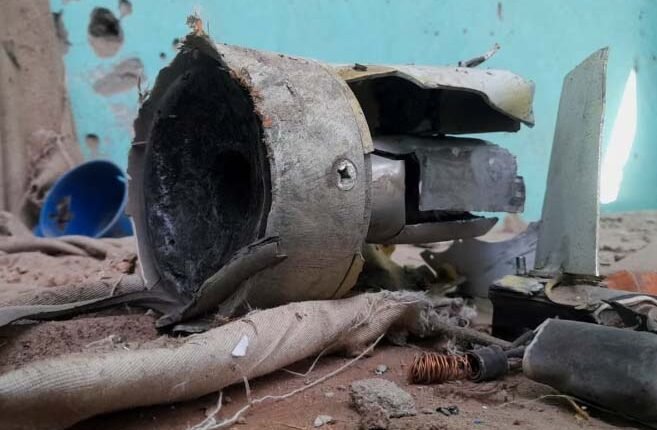Has the West Begun to Grasp the Facts? How Can a Fractured Region Curb the Spread of Extremist Influence?

Sudanhorizon – Mohamed Othman Adam
More than two years after the Rapid Support Forces (RSF) militia ignited its war in Sudan—and in light of its storming of prisons in several Sudanese states and releasing inmates, including repeat offenders and those convicted of major crimes as well as detainees under investigation for terrorism, with some of them joining its ranks to fight—
And after the militia and its sponsoring states proceeded to recruit and bring in mercenaries from Africa, Latin America and elsewhere—it seems the world has begun to recognise the gravity of the RSF’s actions. Not only for Sudan’s national security but also for the wider region stretching from the Red Sea coast in the east to the Atlantic in the West.
This subject was taken up recently by The Guardian, which discussed what it called “the general pattern of how violent extremists operate”, and how lawlessness emboldens them across the belt from Mauritania in the West to the Red Sea in the east. In a region marked by unrest and insurgency—and by some non-African states stoking the situation by supplying rebels with weapons and ammunition and assisting in training potential terrorists—the article stated that “this becomes conclusive proof that the sooner this situation is addressed, the better.”
The author asks: “If mercenaries from within the continent have joined rebellions and militias, what prevents them from joining violent jihadist extremism in the absence of a strong and capable federal central government in Khartoum?”
He adds: there is an urgent need for a strong central government and for weapons to be collected, and for the monopoly on the use of force to be vested in a single hand: the national army. The existence of militias and armed movements will only create a climate conducive to the growth of extremism and terrorism, while at the same time opening the door to human trafficking and irregular migration to Europe.
The article is titled: “Extremists based in the Sahel are expanding their reach. Can a fractured region hold them back?” and is by Eromo
Egbejule – Nouakchott and Douala.
Last week, Sudan Horizon published a report stating that militias had recruited some mercenaries from African countries to help manufacture and assemble chemical weapons, like those used in the al-Fashir attack.
The article sheds light on certain aspects and leaves readers free to draw conclusions—inviting them to consider how this situation may apply to other parts of the African continent, especially the areas stretching from Mauritania to the Red Sea, with Sudan at their centre.
Over the past two decades, the lives of millions in the Sahel—a region spanning a group of countries from the Atlantic Ocean to the Red Sea—have been turned upside down by the actions of violent groups and other non-state armed actors that have proliferated in states whose central governments are often weak.
In recent years, concern has grown inside and outside government circles about armed groups expanding their influence towards West Africa’s coastal states. Between January 2021 and October 2023, an average of 26 security incidents per month were attributed to extremists in Benin, Ghana, Côte d’Ivoire and Togo. In January this year, gunmen from Jama’at Nusrat al-Islam wal-Muslimin (JNIM), an al-Qaeda-linked group, attacked a formation of the regular armed forces in northern Benin, killing 30 soldiers.
A diplomat in Douala, Cameroon, told The Guardian—on condition of anonymity—that there is intelligence about “units affiliated with Islamic State – West Africa Province moving back and forth across Cameroon’s border with Nigeria and expanding their footprint.”
“The extremists have built operational capacity to attack this large a number of military formations,” the diplomat said. Nigerian authorities have sounded the alarm over the emergence of new cells in the country’s Middle Belt, while Central African analysts warn of a growing partnership among various militias in what is dubbed the “triangle of death”: the area stretching from Mayo-Kebbi Ouest and Logone Oriental in Chad to the North Region of Cameroon and Lim-Pendé in the Central African Republic.
Earlier this month, the United Nations reported that around four million people are now displaced across the Sahel, as violence and insecurity drive ever greater numbers from their homes.
While 75% of the displaced remain within their own countries, cross-border movements are on the rise, placing pressure on host communities amid a “dearth of available aid”, according to Abdelraouf Gnon-Kondé, UNHCR’s regional director for West and Central Africa, speaking to journalists in Geneva.
Shortlink: https://sudanhorizon.com/?p=8187

